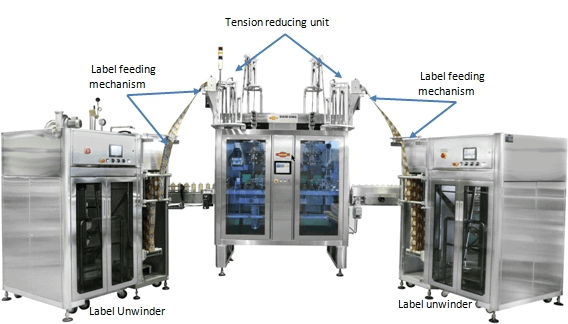
Shrink sleeve labels are a popular choice for product packaging due to their versatility and visual impact. These labels are made from a flexible material that shrinks tightly around the container when heat is applied. This creates a seamless and eye-catching label that conforms to the shape of the product.
Shrink sleeve labels offer several advantages. Firstly, they provide 360-degree coverage, allowing for maximum branding and messaging opportunities. They can accommodate complex shapes and contours, making them suitable for various types of packaging. Additionally, shrink sleeve labels offer tamper-evidence, as they cannot be removed without leaving visible signs of tampering.
Understanding the different types of shrink sleeve labels is crucial for selecting the right one for your product. PVC, PET, and OPS are the most common materials used for shrink sleeves. Each material has its own unique properties, such as shrinkage rate and transparency, which should be considered when choosing the label material.
In summary, shrink sleeve labels are a powerful tool for enhancing product packaging. Their ability to conform to the shape of the container and provide 360-degree branding make them a popular choice for many industries.

Installing shrink sleeve labels involves a series of steps to ensure proper application. The process begins with preparing the label reel, which consists of a continuous roll of shrink sleeve labels. The reel is loaded onto a label unwinder, which feeds the labels onto the containers. Label feeding flow : Label unwinder --> label feeding mechanism --> tension reducing unit --> sleever --> on the container.
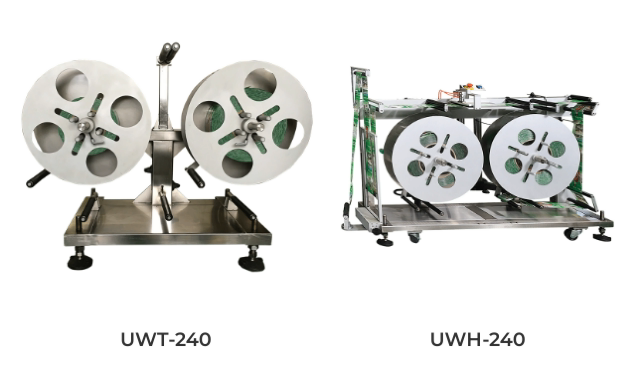
Label feeding is a critical step in the installation process. Proper label feeding ensures that the labels are applied smoothly and minimize defects. This can be achieved through proper tension control and adjustment of the label feeding mechanism. Dase-Sing label unwinder mechanisms install Germany IGUS rollers to ensure high quality and accuracy.
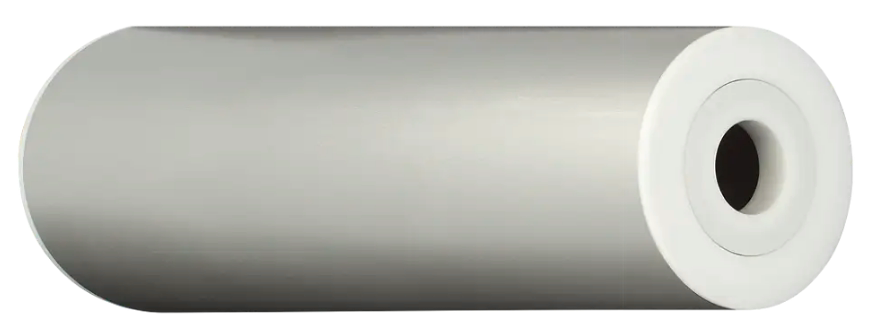
It is important to follow the manufacturer's instructions and guidelines for the installation process to ensure successful application of shrink sleeve labels. Regular maintenance and calibration of the label applicator or machine is also necessary to achieve consistent results.
In conclusion, the installation process of shrink sleeve labels involves preparing the label reel, feeding the labels onto the containers, and applying heat to shrink the labels. Following proper procedures and maintaining the equipment are key to achieving high-quality results.
Efficient label feeding is essential for maximizing productivity and minimizing waste in shrink sleeve labeling. Here are some tips for optimizing label feeding:
1. Ensure proper tension control: Proper tension control ensures that the labels are fed smoothly and without any slack or tightness. This can be achieved through adjusting the tension settings on the label applicator or machine. The tension control including 2-direction and either direction tension unbalance will cause label shift on rollers or label tearing.
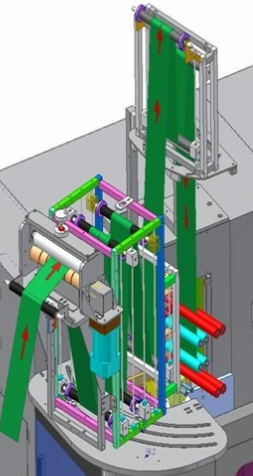
2. Use high-quality label materials: Using high-quality label materials reduces the risk of feeding issues such as tearing or jamming. It is important to select labels that are compatible with the label applicator or machine to ensure smooth feeding.
3. Regularly clean and maintain the label feeding mechanism: Dust, debris, or ink residue can accumulate on the label feeding mechanism over time, leading to feeding problems. Regular cleaning and maintenance of the mechanism help prevent such issues and ensure smooth label feeding. These parts are at sleever, mandrel and label unwinder.
4. Conduct regular inspections: Regularly inspecting the label feeding system for any worn-out or damaged parts can help identify and address potential issues before they cause downtime or label feeding problems.
By implementing these optimization tips, businesses can enhance label feeding efficiency and improve overall productivity in shrink sleeve labeling. Dase-Sing Provides label unwinder which can install up to 8 rolls of labels to increase work efficiency( as below, depending on label size).
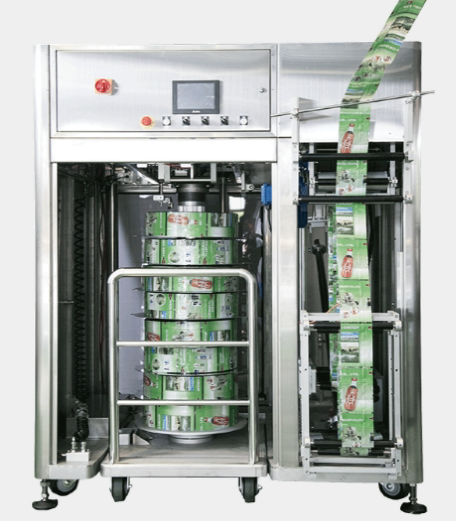
Downtime in shrink sleeve labeling of label unwind mechanisms can adversely affect productivity and lead to delays in product packaging. Here are some troubleshooting tips to help minimize downtime:
1. Conduct regular maintenance: Regularly inspect and maintain the label sleeve machine to ensure smooth operation. Lubricate moving parts(bearings, axis), check for loose connections, and replace any worn-out or damaged components (driving rubber wheel).
2. Train operators: Properly trained operators can quickly identify and resolve common issues that may cause downtime. Provide training on equipment operation, troubleshooting techniques, and best practices for label feeding and application. The driving rubber wheel at sleeve machines, mandrel fixing adjustment... are all operators need to be trained.
3. Keep spare parts on hand: It is advisable to keep a stock of spare parts, such as cutting blades and heating elements, to quickly replace any faulty components and minimize downtime.
4. Monitor label inventory: Running out of labels during production can cause significant downtime. Regularly monitor label inventory and ensure an adequate supply to avoid interruptions in labeling.
By following these troubleshooting tips, businesses can minimize downtime and maintain a smooth production flow in shrink sleeve labeling.
Shrink sleeve labeling presents its own set of challenges, but with the right approach, they can be overcome. Here are some common challenges in shrink sleeve labeling and strategies to overcome them:
1. Wrinkling or bubbling: Wrinkling or bubbling of the shrink sleeve labels can occur during the shrinking process. This can be caused by improper heat distribution, incorrect heat settings, or inadequate tension control. Adjusting the heat settings, ensuring proper heat distribution, and maintaining consistent tension during label application can help minimize wrinkling or bubbling.
2. Label alignment issues(label alignment correct rate): Achieving precise label alignment can be challenging, especially for containers with irregular shapes or contours. Using a label applicator with adjustable guides and sensors can help ensure accurate label placement. Regularly calibrating the applicator and conducting test runs can also help fine-tune the alignment.
3. Production speed limitations: Shrink sleeve labeling may have certain speed limitations due to the time required for heat application and label shrinking. Optimizing the production line layout, investing in high-speed label applicators, and implementing efficient workflow processes can help maximize production speed without compromising label quality.
By addressing these challenges head-on and implementing appropriate strategies, businesses can overcome obstacles in shrink sleeve labeling and achieve successful results.
If you need more information about real practice, welcome to contact us.
More video:
https://www.youtube.com/@dase-singpackagingtechnolo8451
Contact us:
matt@dasesing.com